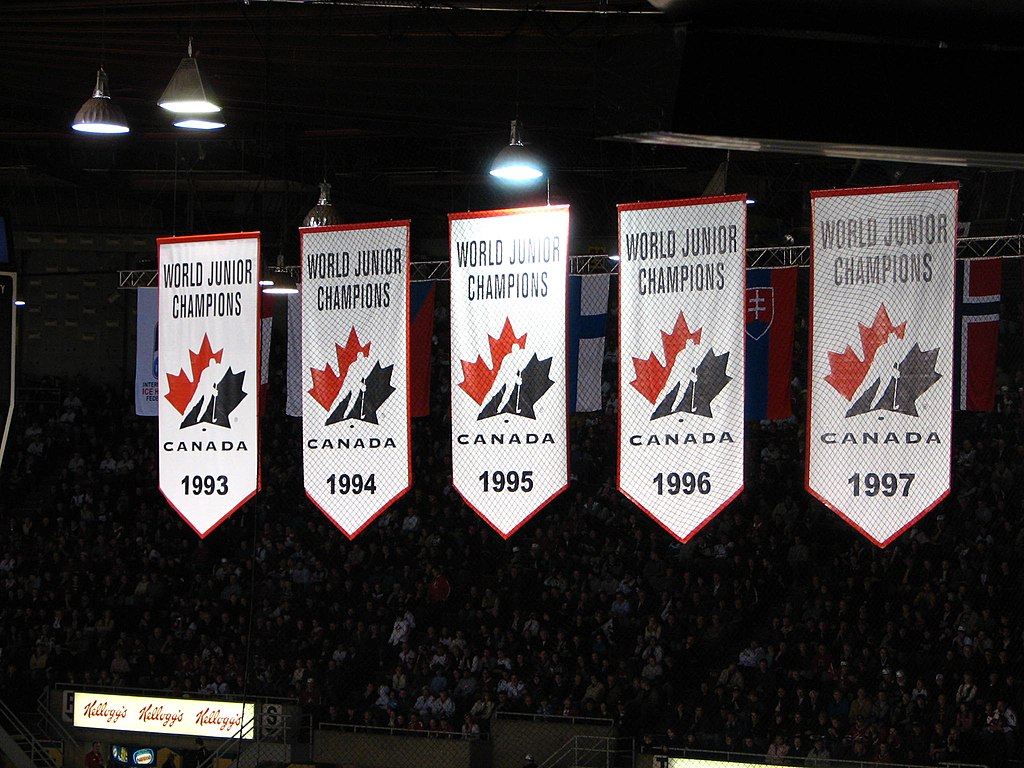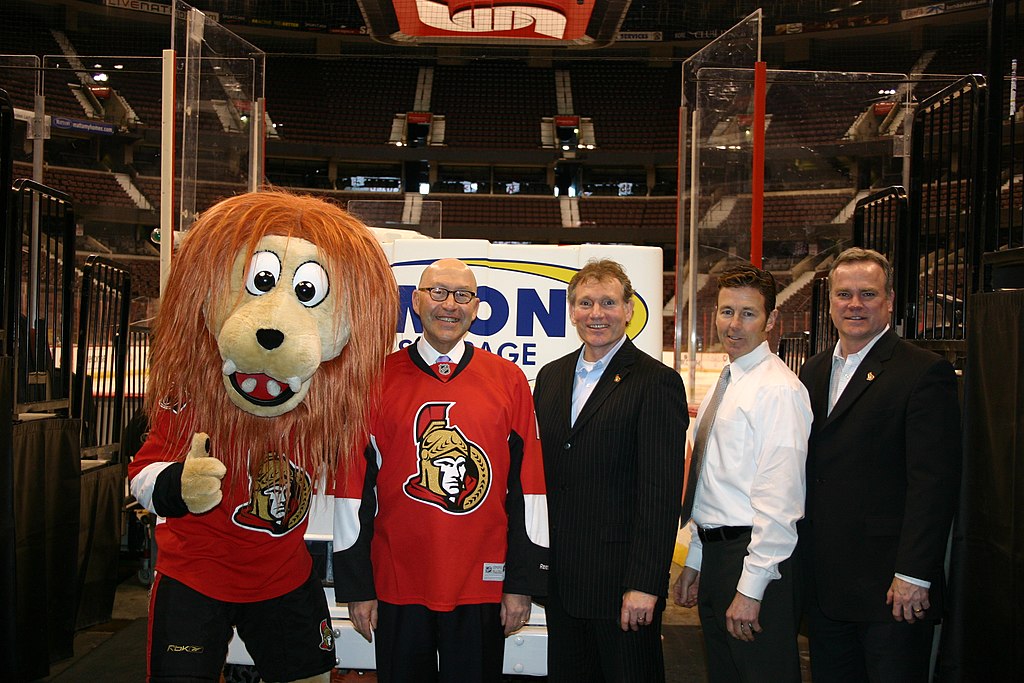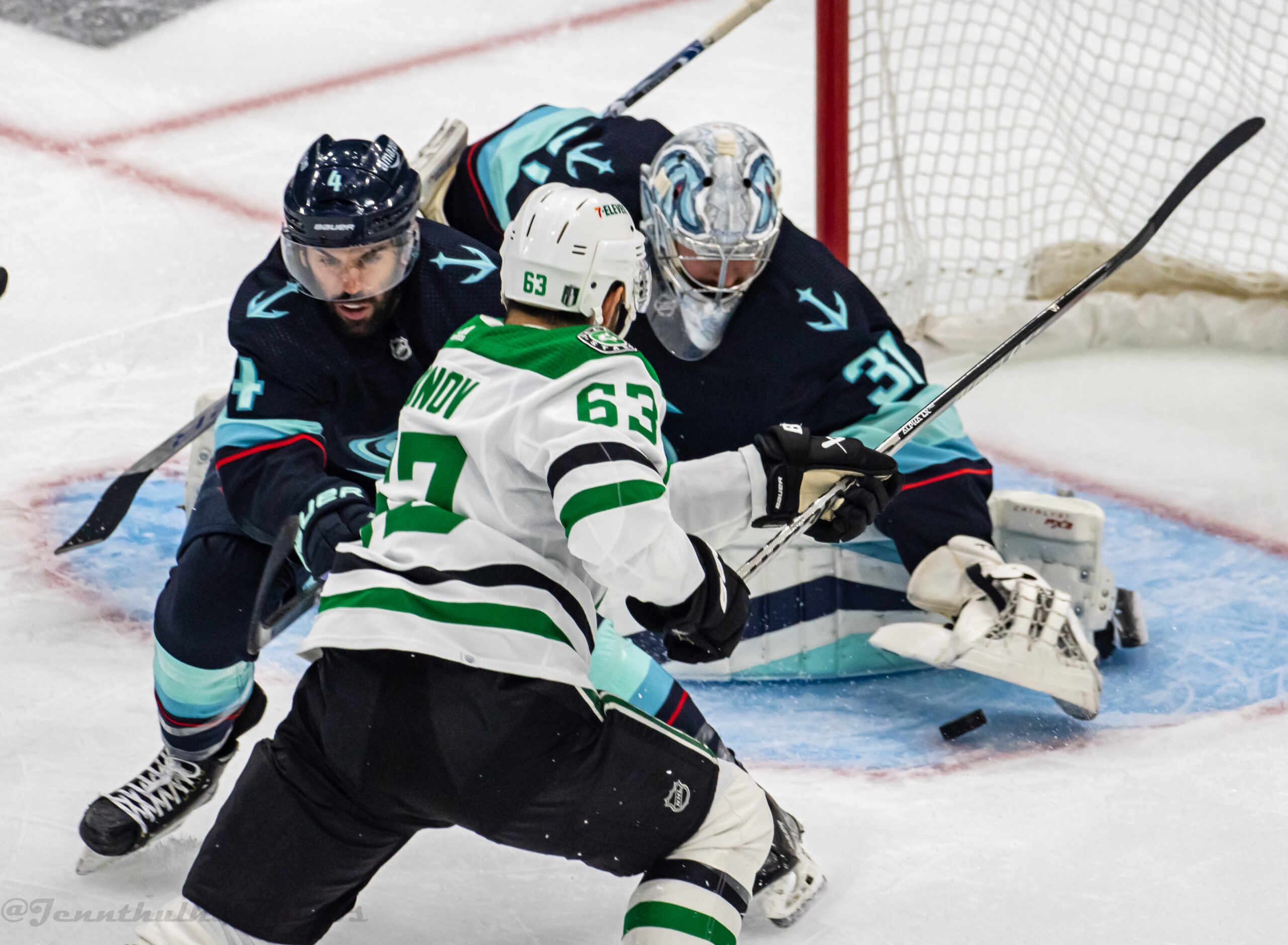By Alec Roberson
We recently released Part I of our two-part article covering the revelations from Hockey Canada’s sexual assault incident. If you have not had a chance to read that article, please check it out here. In Part I we covered some of the backstory of this situation, some of what has been done and some analysis on whether holding reserve funds to pay sexual assault lawsuit settlements is legal and/or ethical.
To give a very high summary of the facts, allegedly members of Canada’s 2018 world junior championship team sexually assaulted a female in London, Ontario. That individual sued the players, the Canadian Hockey League (CHL) and Hockey Canada. Hockey Canada settled the lawsuit with that individual. Released facts showed that they paid that settlement as well as previous sexual assault settlements with a reserve fund funded by player registration fees (and arguably Federal funding). The fallout from those revelations led to Hockey Canada’s sponsors pulling out and the Candian government freezing Federal funding. In addition, numerous restrictions and requirements have been implemented by the Canadian government. Part I covers these facts in more detail. Keep in mind, the situation is fluid and progresses every day. I suggest you follow along daily with respectable outlets to keep up.
Here in Part II, we take a look into Hockey Canada’s response as well as what could be done to help prevent similar situations in the future.
What Should be Done, What Has Hockey Canada Done, and What Else Could be Done?
So, what should be done? Hockey Canada has to preserve the financial well-being of its league, and should. But it also should be held accountable for its actions or inactions, as well as the actions or inactions of the players, coaches, trainers etc. under its umbrella. In addition to this reserve fund, it was revealed that player registration fees may have helped finance luxury gifts and perks for upper management of Hockey Canada with little oversight. Canadians are concerned over the use of their registration fees paid to Hockey Canada. And like mentioned previously, no matter where these funds directly come from it seems like form over function. So, taxpayer money essentially helped pay that too.
Change won’t happen overnight but the process has to be put in motion. So far Hockey Canada has stated it will not use their reserve fund for sexual assault settlements. In addition, Hockey Canada issued a “Letter to Canadians” stating its faults and the actions it will be taking, including reopening the investigation of the sexual assault claim. To see the letter and the actions Hockey Canada has claimed it is making, check out the letter here. On the other hand, they also asked some of their major sponsors if they would come back after simply removing some executives and board members, which seems like a desperate plea at face value. Most of those sponsors declined such offer.
What’s the Solution to Stop these Incidents – Conditional Federal Funding?
One possible solution is to have the Federal government (or some third party selected by the government) audit all payments made out of Hockey Canada’s reserve fund used for gaps in insurance. Or, even audit all of Hockey Canada’s finances more tightly. That could create bureaucratic headaches, but it could operate like grants where you have to follow the grantor’s instructions to receive them. Taxpayers have at least some sort of level of interest at keeping Hockey Canada going. (I know I know no one really enjoys paying taxes). They do not however have an interest in paying for the organization to cover up sexual abuse claims. And while Hockey Canada could create their own internal compliance controls over such funds, that takes the independent oversight aspect out of it.
What’s the Solution to Stop these Incidents – Blanket Rules and Requirements?
It is one thing to implement requirements in order to receive Federal funding but another to make it a blanket rule for the organization to simply operate. However, much like what happened after the Enron scandal when the Sarbanes-Oxley Act and other enhanced regulations and oversight were put in place, there could actually be heightened applicable Federal law and standards. This could come in the form of increased disclosures, financial reporting, ethical reporting, and more oversight over handling sexual assault allegations (which at the least the last point sounds like is going happen). Of course, the government could implement requirements along these lines for Hockey Canada to maintain its nonprofit status. How much additional responsibility can the government handle? Or how much should it handle? There is always a balance between appropriate government oversight and organizational freedom to operate.
My point is it’s a tougher balance than what it seems at face value. Sure, in theory you could just have tighter rules, regulations and oversight by the government. But there are other issues at play. And is that really the whole solution? With all of this said, the reality is that there is no place for these types of instances. One is too many. And adequate response is needed by Hockey Canada when it does arise. Likewise, there needs to be a level of transparency when it comes to Hockey Canada’s use of Canadians’ money. If the market doesn’t put enough pressure on the organization to change, then who will besides the government? This is why there is no magic bullet and is why the change will be a slow work in progress.
Concluding Thoughts
There ultimately has to be a cultural change in hockey starting from the ground up. Making certain oversight changes can potentially help steer that path. But one policy change won’t fix it. There should be adequate punishments and the removal of rewards that completely ignore foul play. For player accountability, youth hockey needs to be a growing place for young athletes to develop, not only as players but as individuals. Throwing players out as soon as a mistake is made likely won’t achieve that goal either. But neither is covering up their mistakes. Create adequate punishment and adequate rehabilitation. Create a system where role models are praised more for their character than their on-ice ability. And this goes from the top to the bottom. From Hockey Canada as an organization down to volunteer coaches.
Hockey is a great sport loved by many. It transcends cultural, geographical, socioeconomic, racial and gender boundaries. We are cutting the sport’s potential short, and lessening its impact by only caring how good players play or how financially successful associated organizations are. Hockey can be an avenue to shape and develop great men and women around the world. Those involved should seize that opportunity.
Post image attribution: By: Dave O from North Vancouver, CANADA, CC BY-SA 2.0 https://creativecommons.org/licenses/by-sa/2.0, via Wikimedia Commons



